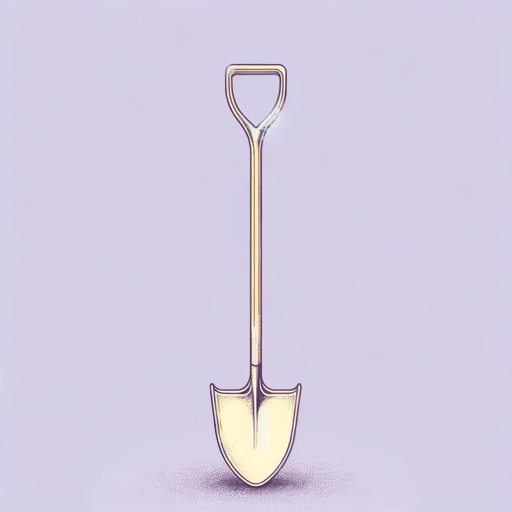19 pages • 38 minutes read
Gwendolyn Brooksmy dreams, my works, must wait till after hell
Fiction | Poem | Adult | Published in 1945A modern alternative to SparkNotes and CliffsNotes, SuperSummary offers high-quality Study Guides with detailed chapter summaries and analysis of major themes, characters, and more.
Literary Devices
Form and Meter
Brooks's poem “my dreams, my work, my life” is an example of a sonnet. It consists of 14 lines, iambic pentameter, and a subtle rhyme scheme. Read out loud in an informal fashion, the sonnet might appear as if it has no rhymes, thus Brooks is arguably subverting the sonnet structure. Brooks might still be putting her own mark on the sonnet, but she's employing some type of rhyme. For example, “bread” (Line 1) and “lid” (Line 3) can rhyme, and so can “again” (Line 6) and “in” (Line 8).
The subtle, tenuous rhymes make the reader pay attention to the sound and the pronunciation of words. A sensitive ear is required to pick up on the rhymes. The delicate rhymes reinforce the sensitive speaker—a soldier whose main wish is not to be “turned insensitive” (Line 13) to what he appreciated before the war. Additionally, iambic pentameter advances the suspense of the war, with the unstressed, stress pattern replicating the thumping heartbeat of someone in a scary situation—like a soldier at war.
Related Titles
By Gwendolyn Brooks

A Bronzeville Mother Loiters in Mississippi. Meanwhile, a Mississippi Mother Burns Bacon
Gwendolyn Brooks

A Sunset of the City
Gwendolyn Brooks

Boy Breaking Glass
Gwendolyn Brooks

Cynthia in the Snow
Gwendolyn Brooks

Maud Martha
Gwendolyn Brooks

Speech to the Young: Speech to the Progress-Toward (Among them Nora and Henry III)
Gwendolyn Brooks

The Ballad of Rudolph Reed
Gwendolyn Brooks

The birth in a narrow room
Gwendolyn Brooks

The Blackstone Rangers
Gwendolyn Brooks

The Chicago Defender Sends a Man to Little Rock
Gwendolyn Brooks

The Crazy Woman
Gwendolyn Brooks

The Lovers of the Poor
Gwendolyn Brooks

The Mother
Gwendolyn Brooks

the rites for Cousin Vit
Gwendolyn Brooks

To Be in Love
Gwendolyn Brooks

To The Diaspora
Gwendolyn Brooks

Ulysses
Gwendolyn Brooks

We Real Cool
Gwendolyn Brooks

